Introduction
How To Trim A Parakeets Beak: Parakeets, also known as budgerigars, are beloved pet birds known for their vibrant colors, playful personalities, and charming chirps. However, like all animals, they require proper care and attention to ensure their well-being, and one essential aspect of parakeets territorial care is maintaining their beak. A parakeet’s beak is not just a tool for eating; it also serves various purposes, such as climbing, grooming, and even communication. Therefore, it’s crucial to know how to trim a parakeet’s beak correctly to keep your feathered friend healthy and happy. In the art of trimming a parakeet’s beak, exploring why it’s necessary, when to do it, and the step-by-step process to ensure a safe and stress-free experience for both you and your parakeet.
While it may seem daunting at first, with the right and approach, you can confidently manage your parakeet’s beak care. Parakeet beak maintenance is a task that should not be taken lightly. Overgrown beaks can lead to several health issues for your bird, including difficulty eating, grooming, and even breathing. In some cases, an untreated overgrown beak can lead to life-threatening complications. Therefore, understanding the signs of an overgrown beak and learning how to trim it properly is an essential skill for any parakeet owner.
Before we dive into the practical aspects of beak trimming, we’ll begin by discussing the anatomy of a parakeet’s beak, the signs that indicate it needs trimming, and the tools you’ll need for the procedure. We’ll touch upon patience and gentleness when working with your feathered companion, as building trust and minimizing stress are vital components of successful beak maintenance. So, whether you’re a seasoned parakeet owner looking to refresh your or a new enthusiast eager to learn, this will equip you with the necessary information and skills to ensure your parakeet’s beak stays healthy and functional. Let’s embark on this journey of parakeet care together and discover the art of trimming a parakeet’s beak.
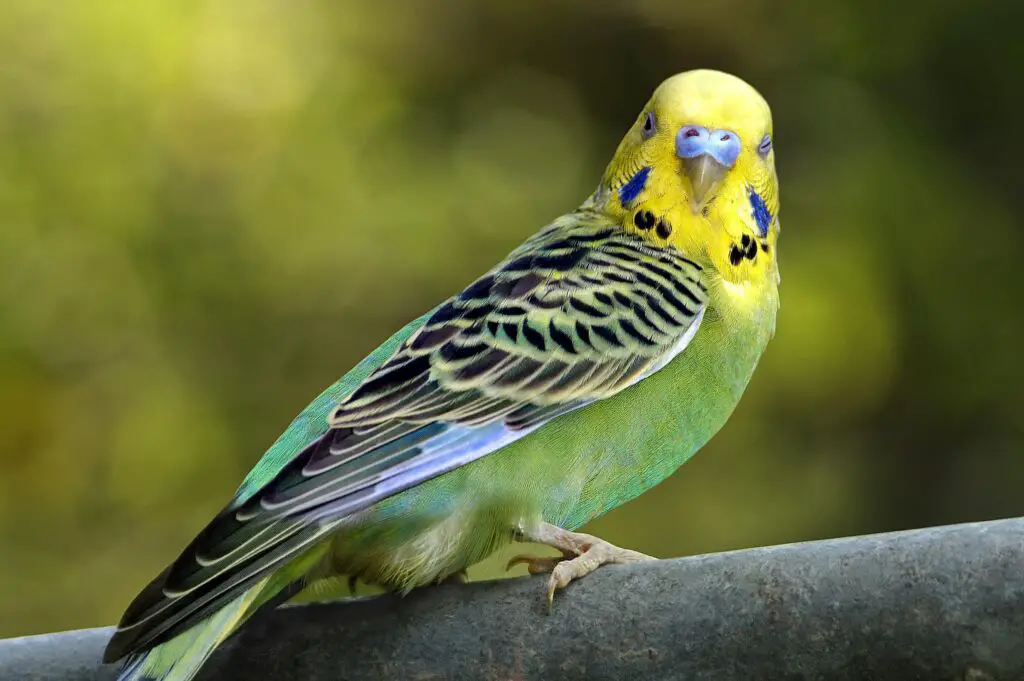
Should I trim my parakeet’s beak?
A bird’s outer beak is made of keratin and grows continuously much like our fingernails. Birds generally wear down their beak naturally and do not usually require regular beak trimming.
To make an informed decision, it’s essential to understand the anatomy of a parakeet’s beak. Parakeets have beaks that grow continuously throughout their lives, much like fingernails in humans. Their beaks serve multiple functions, including eating, climbing, grooming, and even communicating. In a healthy parakeet, the upper and lower beak should align correctly, allowing them to perform these tasks effortlessly.
The primary reason for considering beak trimming is to address overgrowth or misalignment. Signs that may indicate the need for beak trimming include difficulty eating, excessive beak growth, uneven wear, or changes in the beak’s alignment. If you notice any of these issues, it’s crucial to assess whether they are affecting your parakeet’s quality of life.
Before attempting any beak trimming at home, it’s highly advisable to consult with an avian veterinarian. They are experts in bird care and can accurately assess whether your parakeet’s beak requires trimming. Veterinarians can also on the best course of action and perform the procedure safely if necessary.
What to do if your parakeet has an overgrown beak?
If an owner suspects overgrowth of his or her bird’s beak, the bird should be checked by a veterinarian as soon as possible to rule-out underlying illness as the cause of overgrowth and to safely have the beak trimmed. The blood supply in an overgrown beak tends to be even longer than it is in a normal beak.
If you suspect that your parakeet has an overgrown beak, it’s crucial to consult an avian veterinarian. Avian veterinarians specialize in the care of birds and have the expertise to assess and address beak issues. They will conduct a thorough examination of your parakeet to determine the extent of the overgrowth and the underlying cause.
Overgrown beaks can result from various underlying factors, such as nutritional imbalances, injury, or genetic predisposition. Identifying the cause is essential to prevent recurrence. Your veterinarian will work with you to develop a treatment plan that addresses both the overgrown beak and the root cause.
In some cases, your veterinarian may recommend professional beak trimming. This procedure should only be performed by a trained and experienced avian veterinarian or a skilled bird groomer. They will trim the beak to the appropriate length, ensuring that it is done safely and without causing harm to your parakeet.
Is it OK to trim a birds beak?
It is never advisable to attempt to trim your bird’s beak at home, as there is a large blood vessel running down the center of the beak that will bleed profusely if it is nicked. The tip of the upper beak has a substantial nerve supply and will cause pain if broken or trimmed improperly.
A bird’s beak serves multiple essential functions, including eating, preening, climbing, and communication. Beaks come in various shapes and sizes, adapted to the bird’s natural behaviors and diet. They are made of keratin, the same protein that forms human hair and nails, and they grow continuously throughout a bird’s life.
In many cases, birds can naturally maintain their beaks through their daily activities. Chewing on a variety of foods, using different perches, and engaging in grooming behaviors can help wear down a beak naturally. An enriched environment with appropriate toys and objects for chewing can aid in this process.
Whether or not a bird’s beak should be trimmed can depend on the species. For example, parakeets and parrots may require occasional beak maintenance due to their rapid beak growth and potential misalignments. However, for some other bird species, such as canaries and finches, beak trimming is rarely necessary.
Is beak trimming painful?
Although younger birds that are beak trimmed experience less neuroma formation and have relatively normal oral behaviors, all methods of beak-trimming induce pain and physiologic stress in birds.
A bird’s beak is made up of keratin, the same protein that forms human hair and nails. The outer layer of the beak is composed of densely packed cells. Unlike human nails, the beak has a rich supply of blood vessels and nerves inside, primarily concentrated in the pulp or core of the beak.
Beak trimming is typically done using specialized tools designed for the purpose. The procedure involves carefully removing excess beak material while avoiding contact with the sensitive and vascularized inner core of the beak. The goal is to reshape the beak, making it functional and comfortable for the bird.
Birds are known for their high pain threshold and the ability to hide signs of pain or discomfort. While the procedure may cause some discomfort, it is generally not considered painful when performed correctly by trained professionals. The key to minimizing discomfort is to avoid cutting into the sensitive core of the beak.
What are the two methods of trimming beak?
The two main methods of beak trimming are hot blade (HB) and infrared beak treatment (IRBT). HB trimming removes the beak tips and cauterises the beak stump. The IRBT method uses heat from an infrared lamp to treat the outer beak and the underlying tissue.
Manual beak trimming is a method in which a skilled professional, such as an avian veterinarian or a trained bird groomer, uses hand tools to carefully trim the bird’s beak. This method is typically chosen when precision and control are paramount, as it allows the practitioner to assess the beak’s condition up close and make precise adjustments.
Mechanical beak trimming, also known as grinding or burring, involves the use of mechanical devices or tools to trim the bird’s beak. This method is often chosen for its efficiency and speed, making it suitable for birds that may not tolerate extended restraint or manual procedures.
The choice between manual and mechanical trimming depends on factors such as the bird’s temperament, the extent of beak overgrowth, and the practitioner’s expertise. The primary goal of beak trimming is to improve the bird’s quality of life by ensuring that the beak remains functional and comfortable while minimizing any potential discomfort during the procedure.
How do I know if my bird’s beak is overgrown?
An upper beak is overgrown if it is longer than normal for birds of that particular species. It is a problem if a bird cannot eat properly or has other underlying causes of beak overgrowth.
One of the most common signs of an overgrown beak is difficulty eating. If your bird struggles to pick up, grasp, or manipulate its food, it may have an overgrown beak. You might notice that food falls out of its beak or that it avoids certain types of food altogether.
Regularly observe your bird’s beak for any changes in its shape or length. An overgrown beak may appear longer or thicker than usual. It may also exhibit irregular growth, such as curvature or uneven wear.
Birds are meticulous groomers, and their beaks play a significant role in this process. If a bird’s beak is overgrown, it may struggle to preen its feathers effectively. You might notice unkempt plumage, the presence of feather mites, or an increase in dirty or oily feathers.
What does an unhealthy parakeet beak look like?
Look for cracks, overgrowth, or discoloration of the beak. Consult an avian veterinarian if you suspect that your bird’s beak is growing unevenly. This can indicate underlying problems such as liver or nutritional issues.
Overgrown Beak: One of the most common issues in parakeets is an overgrown beak. When a parakeet’s beak grows too long or becomes misaligned, it can lead to various problems. An overgrown beak may appear excessively long and thick, making it difficult for the bird to eat properly. It can also affect the bird’s ability to groom itself.
Curvature or Deformity: An unhealthy beak may exhibit a noticeable curvature or deformity. This can be a result of genetics, injury, or underlying health issues. A beak that is abnormally curved or misshapen may hinder a parakeet’s ability to eat, grasp objects, or engage in normal activities.
Discoloration: A healthy parakeet’s beak typically has a smooth and consistent color. If you notice any unusual discoloration, such as dark spots, patches, or changes in hue, it may be a sign of a health problem. Discoloration can be indicative of nutritional deficiencies, liver issues, or other underlying conditions.
Chipped or Cracked Beak: Injuries or accidents can lead to chipped or cracked beaks. These physical damages can cause pain and discomfort for the parakeet. A damaged beak can also impede the bird’s ability to eat, groom, and interact with its environment.
What does an unhealthy bird beak look like?
These can include an overgrown beak, where either the upper or lower beak grows too long; a scissor beak, which is a lateral deviation of the upper and lower beaks; and mandibular prognathism (parrot underbite), which is a condition wherein the tip of the rhinotheca rests on or inside the gnatotheca.
One of the most common issues in birds, especially in captivity, is an overgrown beak. An overgrown beak appears excessively long, thick, or misshapen. It can make it challenging for the bird to eat, grasp objects, or groom itself. The overgrowth can occur on the upper or lower beak, or both.
An unhealthy beak may exhibit an abnormal curvature or deformity. Such deformities can be congenital (present from birth) or develop over time due to injury, malnutrition, or underlying health conditions. Curvature or deformity can hinder the bird’s ability to perform essential tasks.
A healthy bird’s beak typically has a uniform coloration. If you notice discoloration, such as dark spots, patches, or changes in hue, it may indicate a health issue. Beak discoloration can be related to nutritional deficiencies, liver problems, or infections.

Conclusion
Learning to trim a parakeet’s beak is a crucial skill for any responsible pet owner. This delicate task, when done correctly, can contribute significantly to your feathered friend’s overall health and well-being. By maintaining their beak at the appropriate length, you’re ensuring that they can eat, groom, and communicate effectively, while also preventing potential health complications that may arise from an overgrown beak. Through understanding your parakeet’s beak anatomy, recognizing the signs that indicate it needs trimming, and selecting the right tools for the job.
We’ve also emphasized the significance of parakeet sounds patience and gentleness when handling your parakeet during the beak-trimming process, as building trust and minimizing stress are paramount for a successful and stress-free experience. It’s worth noting that while beak trimming is an essential aspect of parakeet care, it should be approached with caution. If you’re uncertain about performing this task yourself, it’s always a good idea to seek assistance from an experienced avian veterinarian or an experienced bird groomer. They can demonstrate the procedure, and ensure that it is done safely and without causing harm to your beloved pet.
That each parakeet is unique, and their beak maintenance requirements may vary. Regularly monitoring your parakeet’s beak, along with a balanced diet and plenty of opportunities for natural beak wear, can go a long way in preventing overgrowth and minimizing the need for trimming. In your journey as a parakeet owner, it’s essential to prioritize your pet’s health and happiness. Proper beak maintenance is just one aspect of the comprehensive care you can to ensure your parakeet lives a long, vibrant, and fulfilling life. By educating yourself about their needs and regularly attending to them, you’ll build a deep bond with your parakeet and create a harmonious and enriching environment for both you and your feathered companion

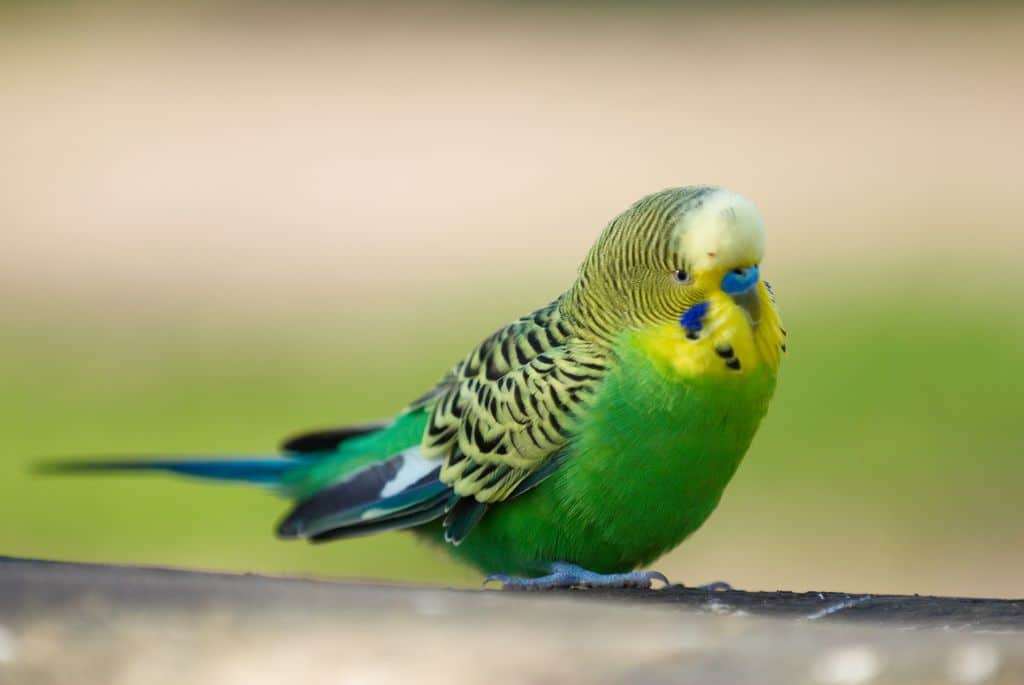
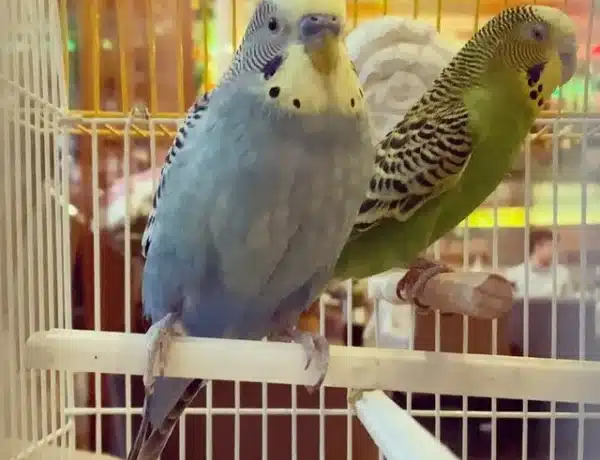
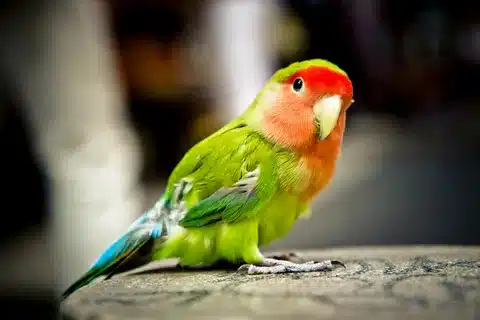
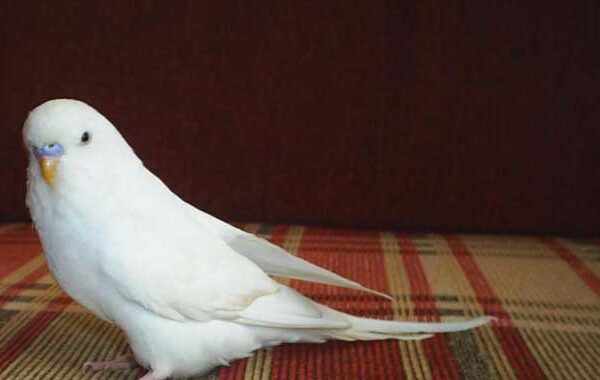
No Comments